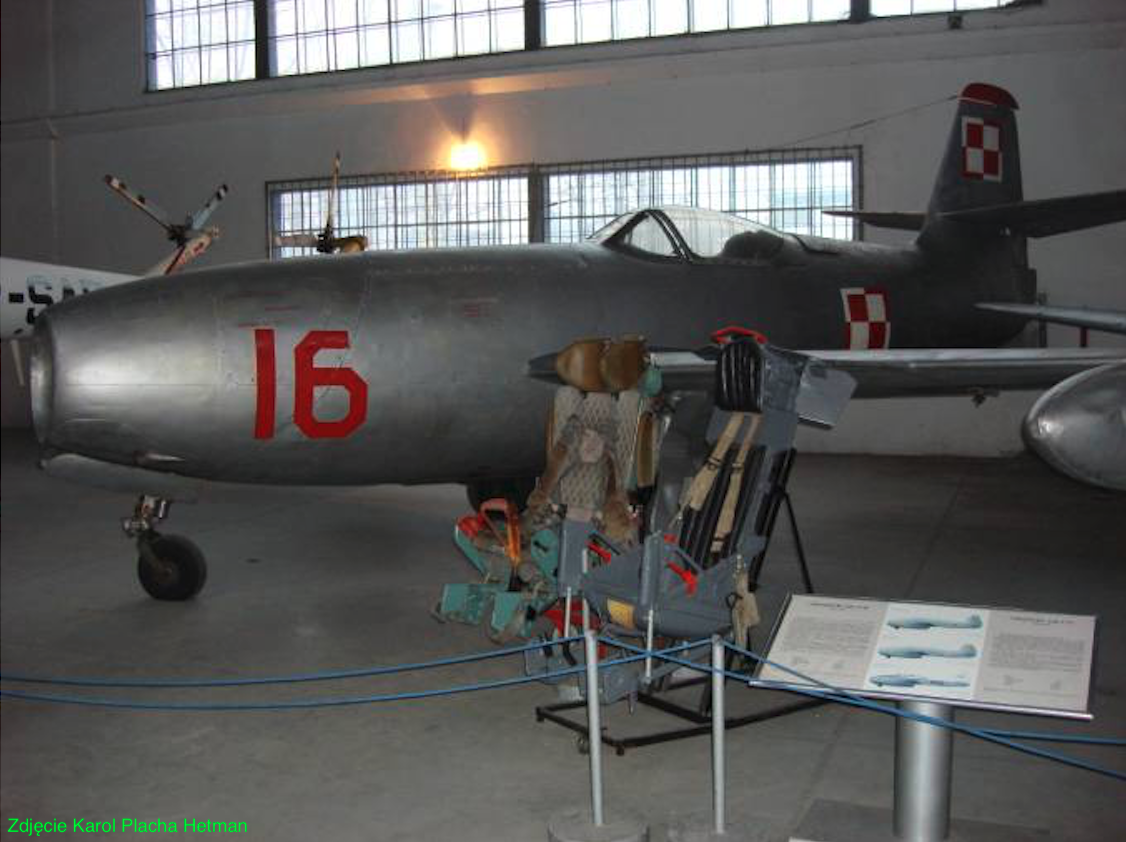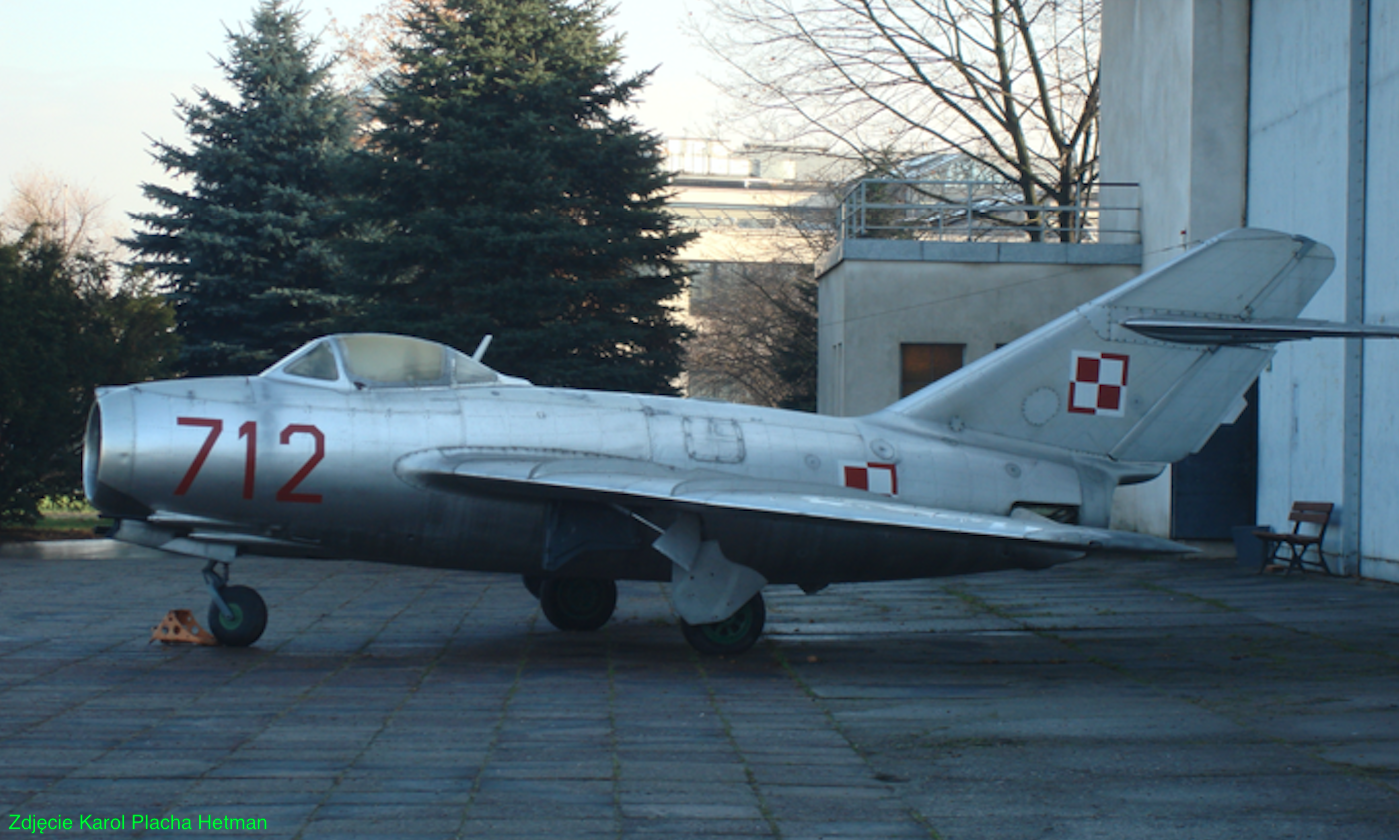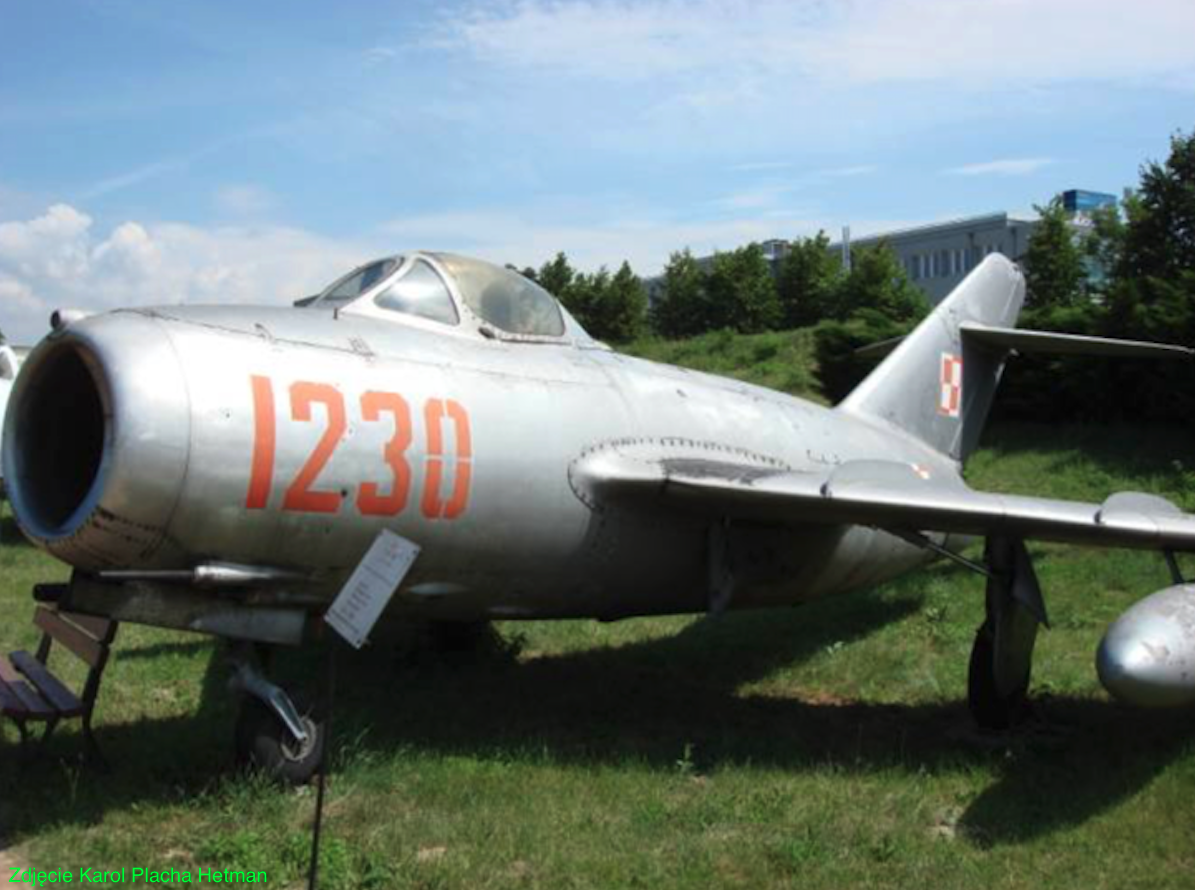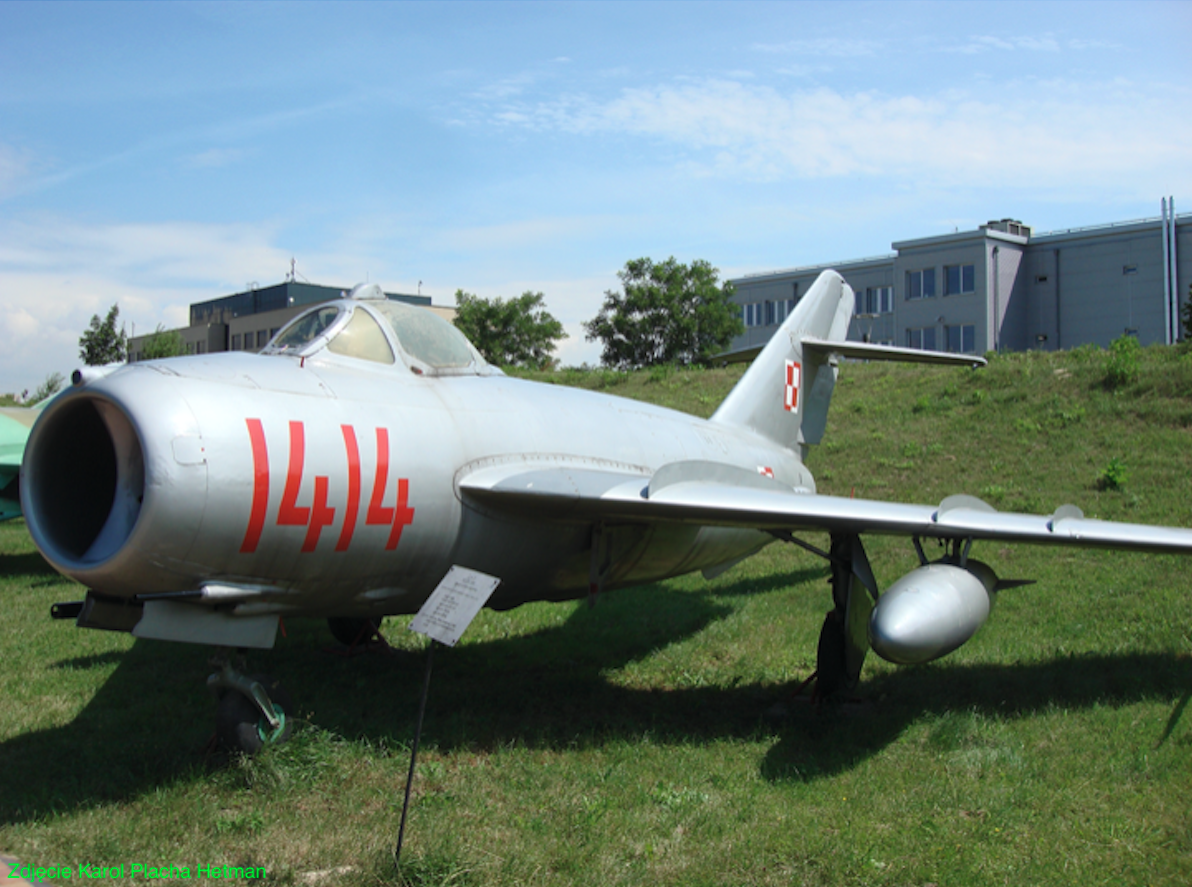Świdwin 2012-07-26
Airport in Świdwin. 2012 year.
Geographic coordinates: 53.791N 15.826E.
City of Świdwin.
Świdwin is the seat of the City, District and Commune. The seat of the Poviat Police Headquarters and the Poviat Fire Brigade Headquarters. The city is located in north-western Poland, in the West Pomeranian Voivodeship. It is located on the Łobez Plateau on the Rega River, by the provincial roads: No. 151, No. 152, No. 162. The Bukowiec Lake is located within the administrative borders of the City. According to data from June 30, 2010, the city had 15,503 inhabitants. In the years 1975 – 1998, the city administratively belonged to the Koszalin Voivodship. Parts of the city also include the following towns: Buczyna, Rycerskie Dobra, Szczytniki, and Świdwinek. According to data from January 1, 2009, the area of the city is 22.38 square kilometers. The city constitutes 2.06% of the poviat’s area, 41% of the city’s area is occupied by agricultural land and 4% by forest land. Świdwin is a center of the food, wood, machinery, plastics processing and, until recently, knitting industries. And above all, it is a Military Garrison.
After the Second World War, the great of this world decided to incorporate the Pomeranian Lake District into Poland, and thus also Świdwin. The town was originally called Świbowina, and only after consultations with Polish scientists, the ordinance of the Ministers of Public Administration and the Recovered Territories of May 7, 1946, the name Świdwin was introduced. In the years 1946-1947, the remaining Germans were displaced.
11th Fighter Aviation Division. 1951.
The 11th Fighter Aviation Division was inextricably linked with Świdwin, and then subsequent tactical units, up to the 1st Tactical Air Wing. As we have mentioned many times, due to the war in Korea, the blockade of Berlin and other conflicts, Moscow forced us to form more unions and combat units. The 11th Fighter Aviation Division is an example of this. The General Staff of the Polish Army, by order No. 0096/Org of December 11, 1951, ordered the formation of new tactical units, including the 11th DLM. The order assumed the subordination of the 11th DLM (JW. 3316 Świdwin, post 6/126) to the following units: 11th Fighter Aviation Regiment in Zegrze Pomorskie, previously at Ławica (JW. 3779, post 6/100). 24th Fighter Aviation Regiment in Świdwin (JW. 4600, full-time 6/100). 27th Fighter Aviation Regiment in Świdwin (JW. 4519 full-time 6/100). 76th Communications Company in Świdwin (status 6/102). 47. Mobile Repair Workshops of Aviation in Świdwin (JW. 4496, position 35/139).
Military units were to be formed in the period from May 1951 to December 1951. The country’s difficult economic situation made it impossible to carry out this order. A new order 0078/Org of November 19, 1952 was developed, which assumed the formation of air tactical compounds in the composition of two regiments. Pursuant to this order, the formation of the 24th and 27th PLMs was abandoned, but the formation of the 11th DLM continued. It was hoped that new units would be created in the future. 11 PLM (JW. 3779) was incorporated into the 6th Fighter Aviation Division. The 11th Fighter Aviation Division redeployed from 6/126 to 6/124.
At that time, the 11th DLM was subordinated to: the 26th Fighter Aviation Regiment (JW. 5069) from the 9th DLM, which was assigned Zegrze Pomorskie as a permanent location. 40th Fighter Aviation Regiment (JW. 1958), which was transferred from the 7th DLM. Świdwin became the permanent base of the 40th PLM and other units of the division. In addition, the Photographic Platoon of the 11th DLM was formed. For the purpose of training personnel flying by order of DWL No. 02/Org. of March 3, 1953, the airfield No. 6 in Podborsk was formed. The date of establishment of the 40th PLM is April 17, 1951.
History of Świdwin Airport.
The history of Świdwin Airport dates back to the early 1950s. It was still the base for the 40th Regiment-Squadron, which, however, underwent a kind of metamorphosis, having no equivalent in other Polish aviation units. Initially, it was the 40th Fighter Aviation Regiment. Then the 40th Air Assault Regiment. Later, the 40th Fighter-Bomber Regiment, and finally the 40th Tactical Air Squadron.
From 1952, the 2nd PLM with Yak-23 aircraft began its operation at the Rakowice-Czyżyny airport in Krakow. The training aircraft were Jak-17 W, called Agata. The commander of the unit at that time was Jan Frej-Bielecki. On the basis of the personnel of the 2nd PLM, two more hunting regiments are being organized, together with it constituting the 7th DLM OPL. It was the 39th PLM and the 40th PLM. The first commander of the 40th PLM was Lieutenant Arkadiusz Czapliński (Soviet officer). The Mierzęcice airfield, near Katowice, was established for the newly created regiments. Thus, October 1951 and Kraków are the starting points of 40 PLM. Already in February 1952, the Regiment was moved to Mierzęcice. In accordance with the changes we wrote about above, the 40th PLM was subordinated to the 11th Fighter Aviation Division in Świdwin, which is why it had to be stationed there.
From the Mierzęcice airfield, the 40th PLM with Jak-23 planes was transferred by air throw to Świdwin on January 17, 1953. One of the first pilots to land at the airport in Świdwin was Colonel Józef Olesiejuk. From that day, permanently (several decades), the 40th Regiment became associated with Świdwin. Division headquarters were also located here.
1950s.
From August 1953 to December 1953, the flying and technical personnel of the 26th and 40th PLM were trained on MiG-15 / Lim-1 aircraft, which replaced the Yak-23 aircraft. In addition, a small number of Po-2, Ut-2 and Jak-18 aircraft were still operated in the Division’s regiments.
For the purposes of the 11th DLM, on February 3, 1953, the airfield No. 6 in Podborsko was established. For the radio technical protection of the 11th DLM, by order of the Chief of the General Staff of the Polish Armed Forces No. 0277/Org. of August 7, 1953, the Radio Engineering Node was formed in Świdwin.
In 1954, after numerous perturbations, the final composition of the 11th Fighter Aviation Division was as follows: Command of the 11th Fighter Aviation Division. JW 3316 Świdwin (status 6/124). 76th communications company – Świdwin (status 6/102). Radiotechnical Node – Świdwin (status 6/191). 26th Fighter Aviation Regiment – Military Unit 5069 Zegrze Pomorskie (status 6/165). 40th Fighter Aviation Regiment – JW 1958 Świdwin (status 6/165). 9th Airfield Service Battalion – JW 3829 Świdwin. It was a unit that was established before Świdwin Airport started operating. 10th Airfield Service Battalion – Military Unit 3895 Zegrze Pomorskie. The unit was established upon the construction of the Zegrze Pomorskie Airport. 7th Blind Landing Security Squadron – Military Unit 2571 Świdwin. 47 Mobile Aviation Repair Workshops – Military Unit 4496 Świdwin (employment 35/139). Aircraft training ground No. 6 – Podborsk (status 6/181).
In 1954, on the order of the Chief of the General Staff of the Polish Armed Forces No. 0138/Org of June 11, 1954, the Commander of the 11th DLM formed a towing group in Świdwin (according to the timetable 6/204). This unit was to ensure the training of artillery units of the Anti-Aircraft Defense Forces of the Country Area and aviation training in shooting at flying targets. After three months, the key was enlarged and by order of the Chief of the General Staff of the Polish Armed Forces No. 0182/Org. of September 11, 1954, reformed into the 19th Independent Towing Squadron (JW 2271 Świdwin according to time 6/208).
At the beginning of 1955, the division and both fighter regiments were prepared to receive Lim-2 aircraft. The change was so important that now 26 and 40 PLM received planes straight from the Polish factory in Mielec.
By order of the Chief of the General Staff of the Polish Armed Forces No. 0304/Org. of December 28, 1955, the 19th radio engineering company was formed in Świdwin on the basis of the Radio Technical Node of the 11th DLM.
In 1955, the 40th PLM reached combat readiness. Combat capability as a tactical union was achieved by the Division in late 1956. The reason for such a long period of reaching full combat capability was the lack of a sufficient number of pilots and their low level of training caused by lowering the requirements for candidates, and above all by the bad communist system, which did not want Poles with a pedigree from the Second Polish Republic in the country, and even more so fighting on the fronts of Western Europe.
In 1956, under the order of the Ministry of National Defense No. 045/Org. of October 16, 1956, the Division was subordinated to the Commander of the 3rd Mixed Aviation Corps.
On November 14, 1957, the Order of the Ministry of National Defense No. 098 / Org. was published, according to which the 26th PLM from Zegrze Pomorskie left the 11th DLM, and in its place was subordinated to the 4th PLM, which was stationed in Goleniów. For the 40th PLM, however, it did not matter much, but it should be remembered that the entire 11th DLM operates in the Operational Aviation system, i.e. in the "W" situation it would become the Air Army and acts as an offensive element.
In 1958, the 19th towing squadron was led out of the Division and handed over to the Commander of the 2nd Anti-Aircraft Defense Corps of the Country Area. This became the order of the WOPLOK Commander No. 016/Org. of December 18, 1958.
The basic fighter in the 40th PLM were the Lim-1/2 aircraft. Gradually, towards the end of the 1950s, 40 PLM increased its military potential. In June 1959, the Regiment received 2 MiG-17 PF aircraft from 28 PLM OPL OK from Słupsk. They were the first fighters equipped with a radar station. In the spring of 1960, the first Lim-5 aircraft, Polish equivalents of the Soviet MiG-17, were delivered to the Regiment. About 8 copies. The planes did not have a radar station. Also in 1960, the Regiment received one copy of the Lim-5 P with a radar station. In 1961, the Regiment already had one squadron in stock, i.e. 12 Lim-5 P machines, including 2 MiG-17 PF aircraft.
Continued in the next chapter.
Written by Karol Placha Hetman






